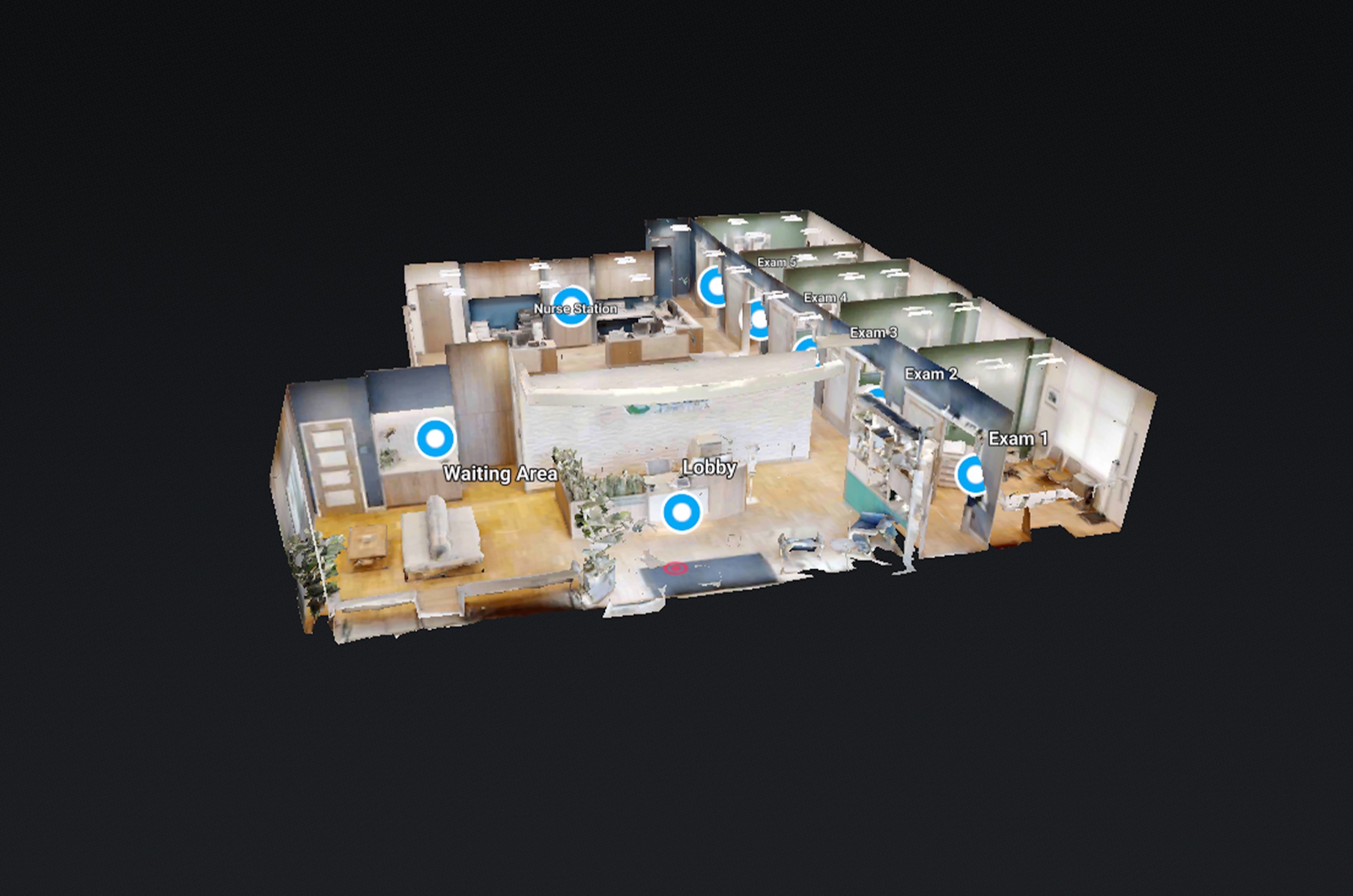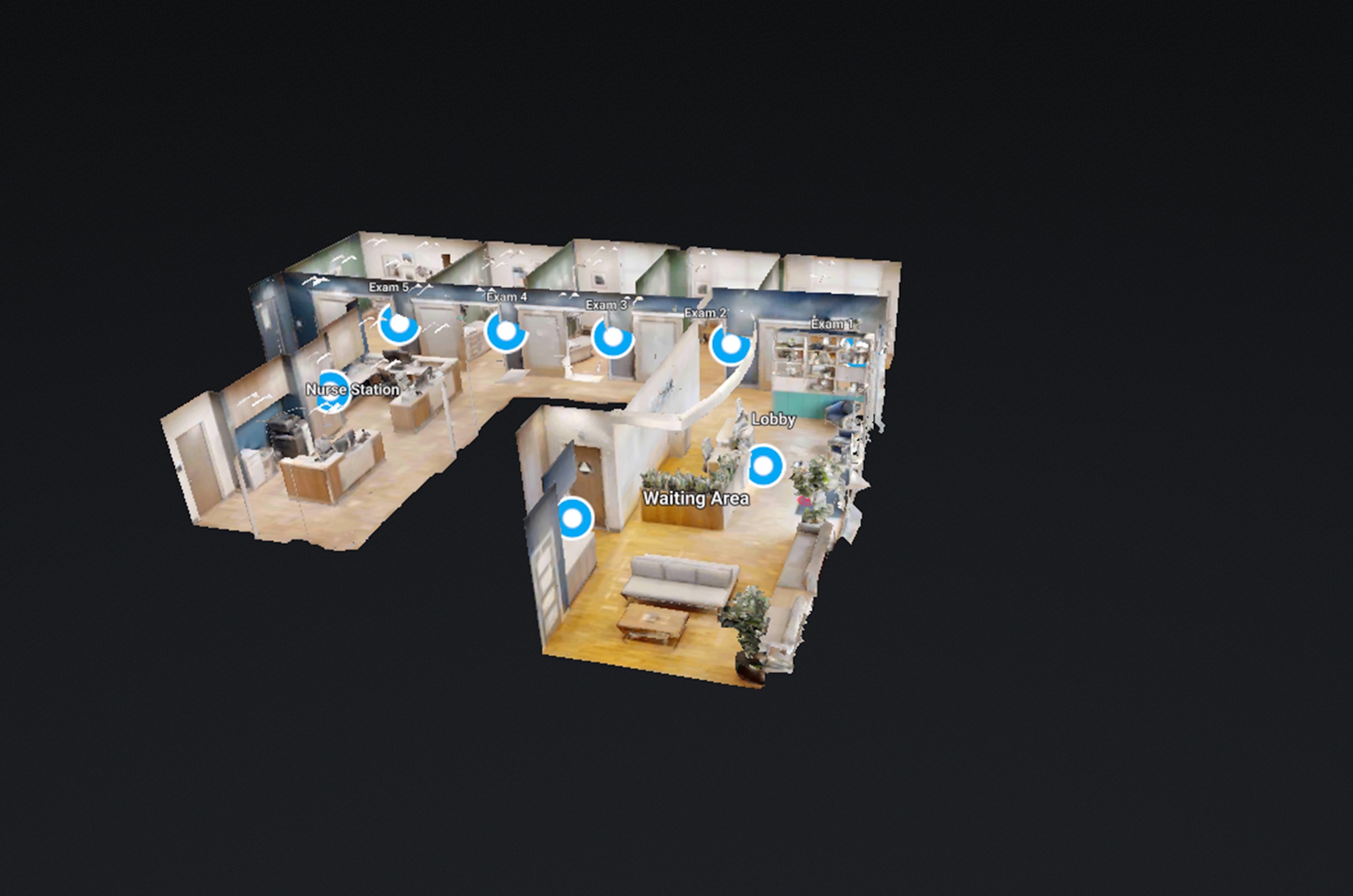Large campuses can be intimidating for new students, making it crucial to provide effective navigation tools that help them find their way around. One innovative solution that has gained popularity is the use of interactive 360 virtual tours. In this article, we will explore how interactive 360 virtual tours can be harnessed to assist students in navigating through large campuses.
Discover new ideas and expert advice on how this technology can enhance the student experience and empower them to confidently explore their educational environment.
- Intuitive Navigation System: Interactive 360 virtual tours can incorporate an intuitive navigation system to guide students through the campus. By utilizing interactive maps, clickable hotspots, and directional arrows, students can easily explore different areas and buildings. This helps them gain a sense of orientation and find their desired destinations efficiently.
- Highlight Key Locations: Large campuses often have numerous buildings, facilities, and landmarks. Utilize interactive 360 virtual tours to highlight key locations that students frequently need to visit, such as libraries, cafeterias, student centers, and administrative offices. By providing detailed information about these locations within the virtual tour, students can quickly locate and familiarize themselves with essential campus resources.
- Indoor Wayfinding: In addition to outdoor navigation, interactive 360 virtual tours can offer indoor wayfinding features. Incorporate floor plans and interactive maps of buildings to help students navigate complex interiors. Include labeled rooms, corridors, and key amenities within the virtual tour to ensure students can find their classrooms, study spaces, and faculty offices with ease.
- Virtual Assistance: Enhance the virtual tour experience by incorporating virtual assistance features. This can include interactive chatbots or virtual guides that students can interact with while exploring the campus. These virtual assistants can provide real-time answers to frequently asked questions, offer guidance, and even suggest points of interest based on the student’s preferences.
- Time-Based Navigation: Large campuses often have different schedules for classes, events, and activities. Incorporate a time-based navigation feature within the virtual tour to help students plan their routes efficiently. By factoring in class schedules and the time it takes to navigate from one location to another, students can optimize their movements and avoid unnecessary delays.
- Customizable Tour Experiences: Recognize that each student has unique needs and interests. Offer the option to customize the virtual tour experience based on their specific requirements. This could include filtering locations by academic departments, extracurricular activities, or support services. Allowing students to tailor their tour experience helps them focus on areas that are most relevant to their educational journey.
- Multilingual Support: Many campuses welcome students from diverse backgrounds and cultures. To ensure inclusivity, incorporate multilingual support within the virtual tour. Provide translations for key information, audio guides, and interactive elements in multiple languages. This allows international students or those with limited English proficiency to fully engage with the virtual tour and feel supported during their campus exploration.
- Continuous Updates and Integration: Large campuses are dynamic environments that undergo changes over time. It’s important to regularly update the virtual tour to reflect any campus updates, renovations, or additions. Additionally, integrate the virtual tour with other campus platforms, such as the official website or mobile applications, to provide a seamless and cohesive navigation experience for students.
Conclusion
Interactive 360 virtual tours offer an invaluable tool for students to navigate through large campuses with confidence and ease. By incorporating intuitive navigation systems, highlighting key locations, providing indoor way-finding, virtual assistance, time-based navigation, customizable tour experiences, multilingual support, and continuous updates, educational institutions can empower students to explore and navigate their campus effectively.







